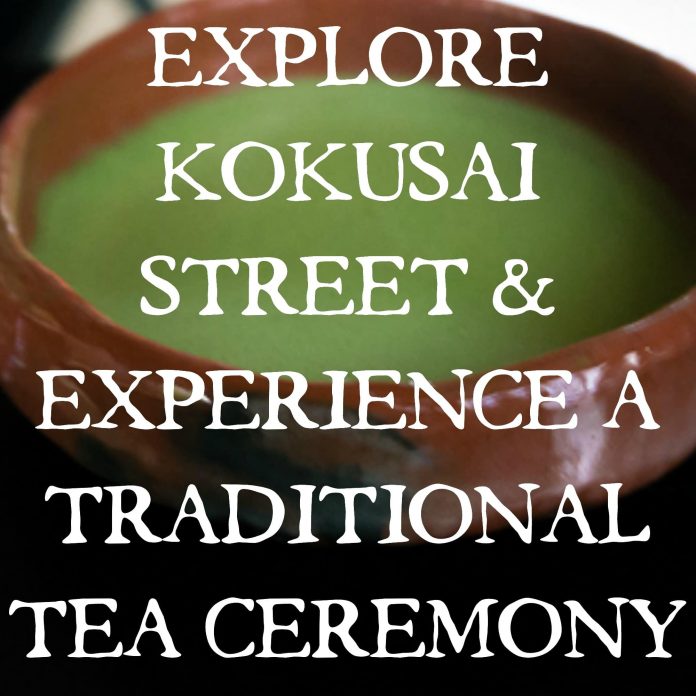CONTRIBUTED BY MARISSA MATSUZAKI
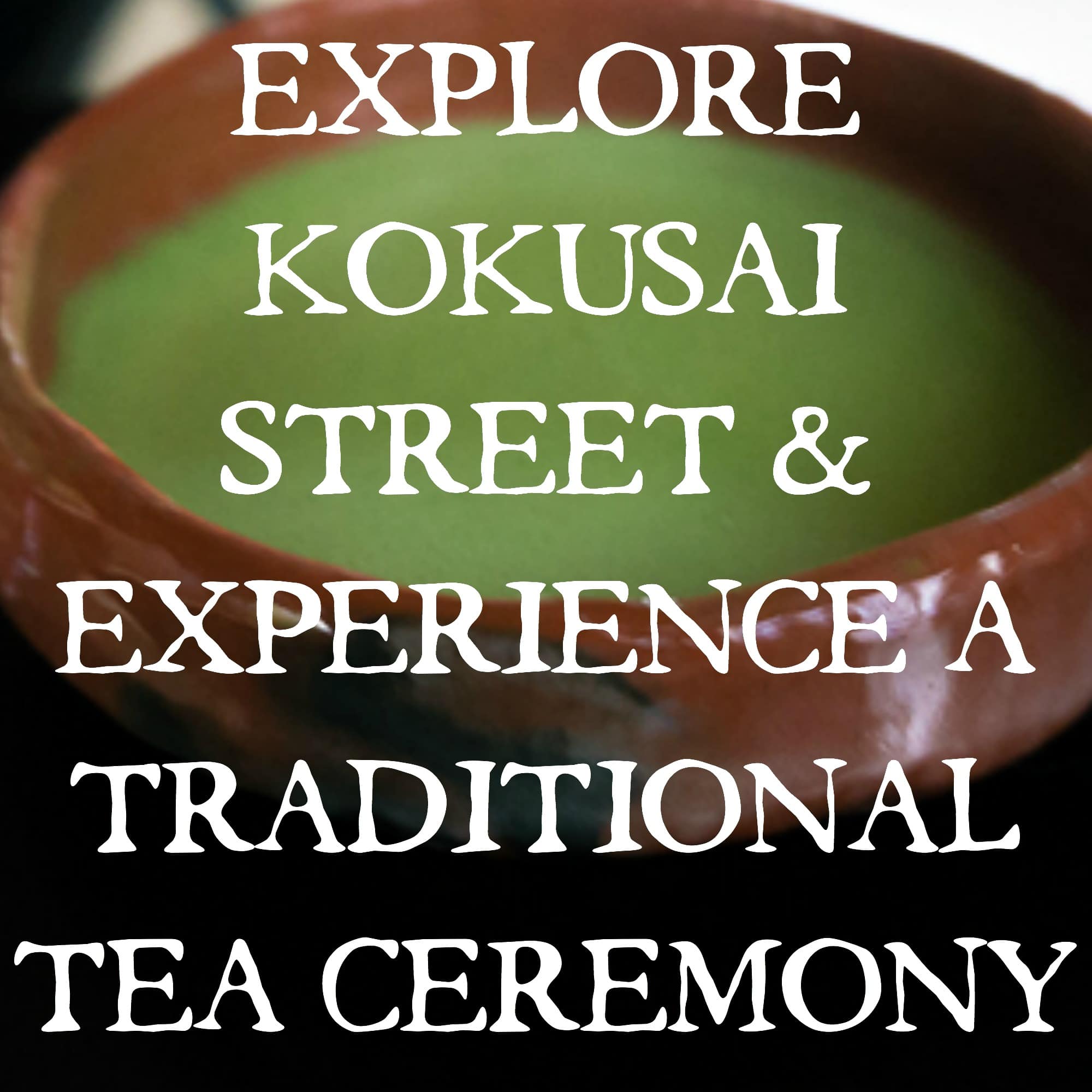
“Have you ever noticed how heavy the local diet is? They cook with lots of noodles, butter, pork fat, etc… yet everyone is so thin.” Our tour guide, who has lived in Okinawa for many years, continued to share his insights. “Also people have a very long lifespan here. Have you ever wondered what the secret is to their health? It’s that green tea!” We looked at each other nodding as if we were both considering a new tea regimen into our lifestyle. Our guide continued, “Yeah that stuff is hardy! In fact, if you drink green tea, you won’t even need your morning coffee. Just have some green tea and you’re set for the day!” Okay, now we were beginning to think he was stretching a bit!

My cousin had just arrived on the island for a summer visit and we joined the Foster ITT’s TOURS+ Tea Ceremony and Kokusai Street tour. We wanted to get out and explore the culture and hearing about tea ceremonies in Asia in multiple documentaries left me wondering if there was a way to experience one here. I was pleased to find this one on the MCCS website and learn how family friendly it is.
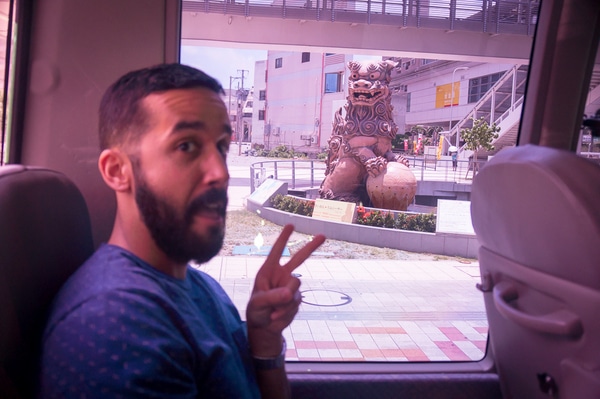
As for the popular shopping district on Kokusai Street, I had just recently heard about it when a friend posted gorgeous pictures on Facebook and made the statement, “You can’t visit Okinawa without visiting Kokusai Street!” I thought, “Wow, we can learn about some history and culture while meeting new people, shopping, and eating local fare!” So that settled it, I reserved us a spot and bought our tickets!
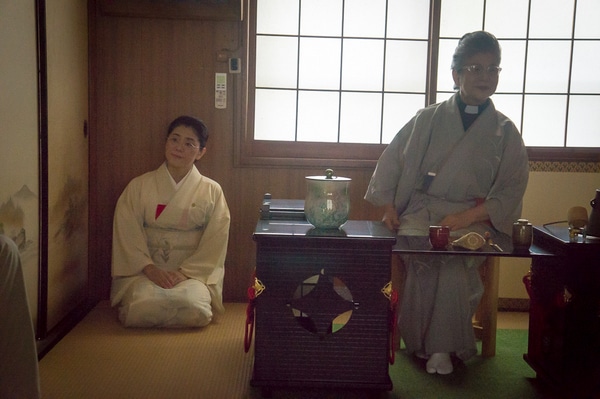
The first part of our tour began with a 45-minute bus ride to Naha that felt shorter thanks to our guide’s engaging storytelling. He enlightened us with some history of Japanese Tea Ceremonies, our Sensai Ms. Unten, types of green teas, reverence for elders, the creation of “taco rice”, and a host of other fascinating topics he shared with humorous flare. We were told that there were a number of ways he had seen Ms. Unten perform the ceremonies, that she was very accommodating to international visitors, that her daughter assists her in the ceremony, and that she originally did these get togethers for American Generals many years ago. I was very moved hearing what a gracious hostess she has been to the American military and their families.
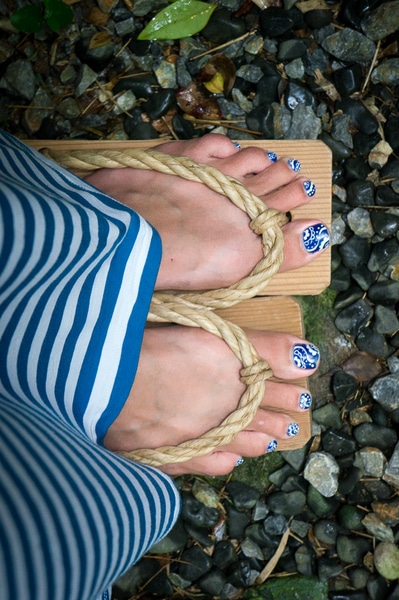
At the entrance to Ms. Unten’s residence, we crossed through a small tea garden to put on wooden shoes which were used to walk down the stone path to the tsubai (washing basin) where we rinsed our hands and faces. We walked back to the entrance, returning the shoes, and crouched through the nijiri-guchi (low door). Samaurai warriors used to enter the tea rooms through a small door as a gesture of equality because even though they may have had different ranks in the world, they treated each other as equals in that space.
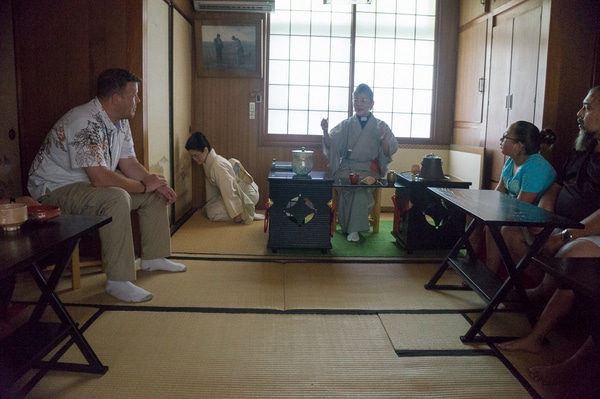
In the spirit of tradition, the tea room was dimly lit with natural light and the floors lined with tatami mats where one would normally kneel on the floor; but this time benches were laid out for ryurei (westernized ceremony). Ms. Unten explained that Japanese Tea Ceremonies have their roots in Zen Buddism but since she is a born again Christian she wore a priest collar and requested that our guide read Biblical scriptures in Japanese.
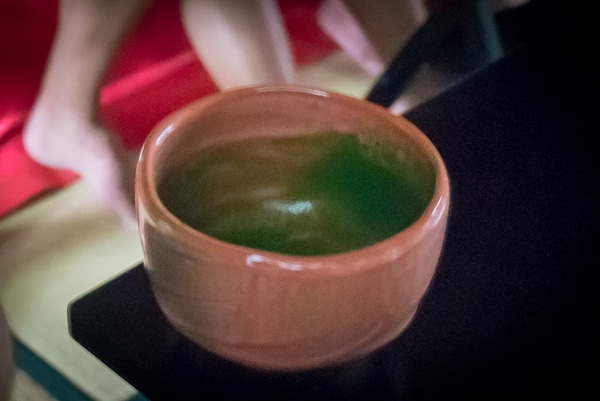
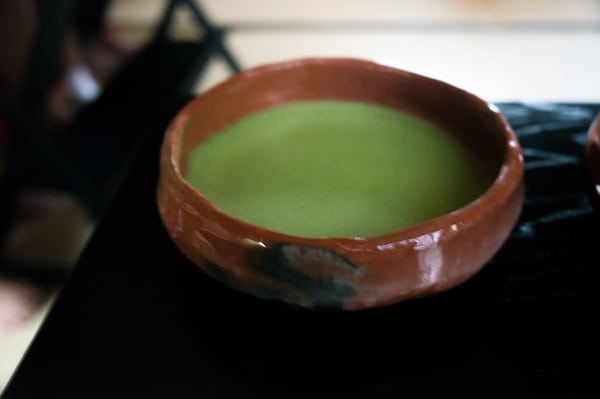
She proceeded with a Chakai style ceremony which is a shorter meeting consisting of tea and confections. A full course Kaiseki would include a meal and last for several hours. We first shared thick Koicha green tea which we passed from person to person. We each held the lacquer cup with the design facing outward to demonstrate its beauty, turned it to take a sip, wiped it clean, turned the design back out, and passed it to the next person. My guest had the great fortune of being the last person to receive the cup and therefore was implored to finish what remained of the tea!
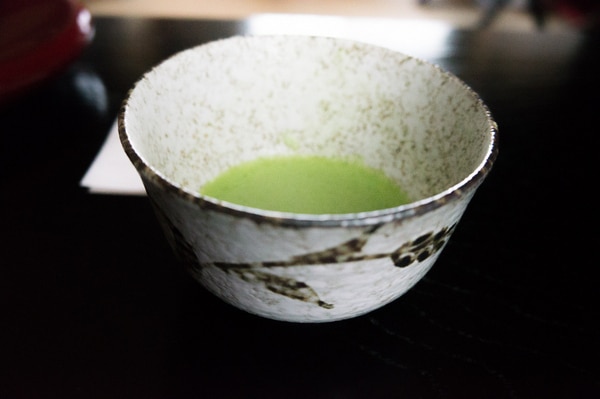
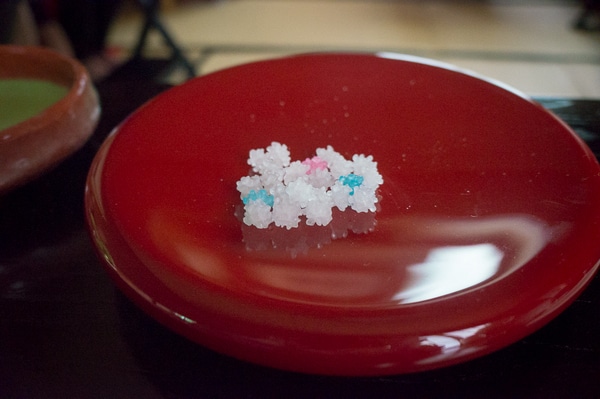
After the Koicha we each received our own cups of Usucha (thin tea) along with a small mochi. In the conclusion of the ceremony, Ms. Unten and her daughter demonstrated the wearing of Kimono with bowing customs. We then thanked her and she invited us to take pictures.
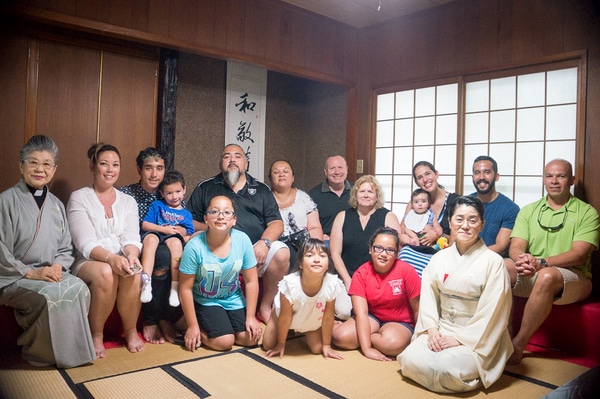
“So I’ll point out to you which direction the fish market is in along with a store that has the coolest shirts on the island. Seriously, they keep you cool in this humid summer weather; they are the best!” Our guide gestured, “Restaurants line this street so you’ll have no problem finding a place to eat. We’ll meet back at 3:00 pm in this seated area and the bus will leave on time. If you miss it, you can take a taxi to Kinser and ride the bus to Foster so that the taxi is slightly less expensive!” So we resolved to be punctual after exploring the famous shopping district in the final leg of our tour.
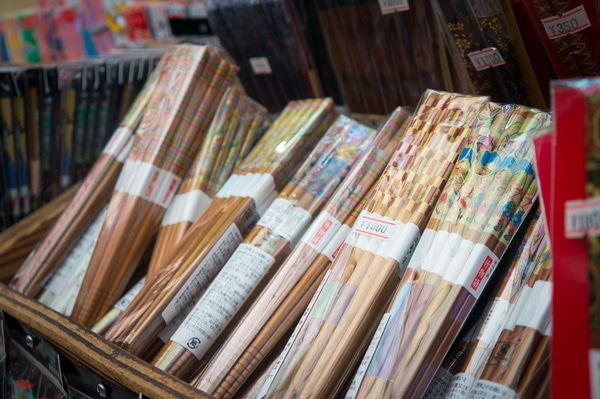
Kokusai Street has more specialty shops and restaurants than you can possibly visit in a day or even an entire tour in Okinawa. You can actually have sushi made fresh in the fish market. Kokusai also runs along the Tsuboya Pottery District, which includes a museum and shops that sell traditional pottery, and there are plenty of novelty shops such as the Pokemon store. You’ll want to bring lots of yen for some delicious food and souvenirs.
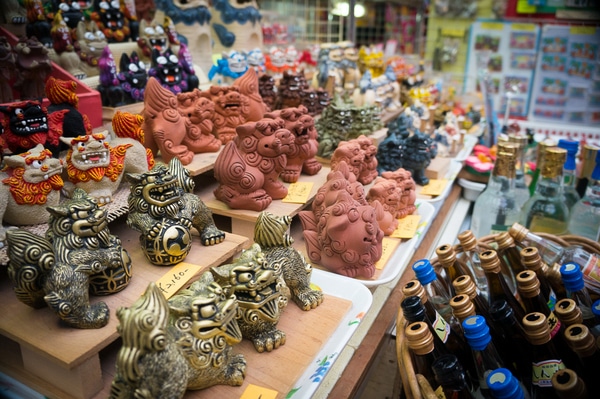
As of spring 2016 the tour costs $35 per adult, $28 for children 3-11, and smaller children are free (but keep in mind the ride to and from the location is 45 minutes – 1 hour and the tea ceremony lasts 1 1/2 hours so know your child’s capacity before you decide if it is a fit for them). Ms. Unten is very sweet and accommodating as I didn’t have to crawl under the door with my nine-month-old in a carrier and could have stepped out if she got fussy and she did very well, but my little one is more active now and I wouldn’t be able to pull it off again for a while. I often reflect on what sort of things I can do during our tour in Okinawa that I’ll look back on and feel grateful that I participated in. This was one of those experiences for me.


